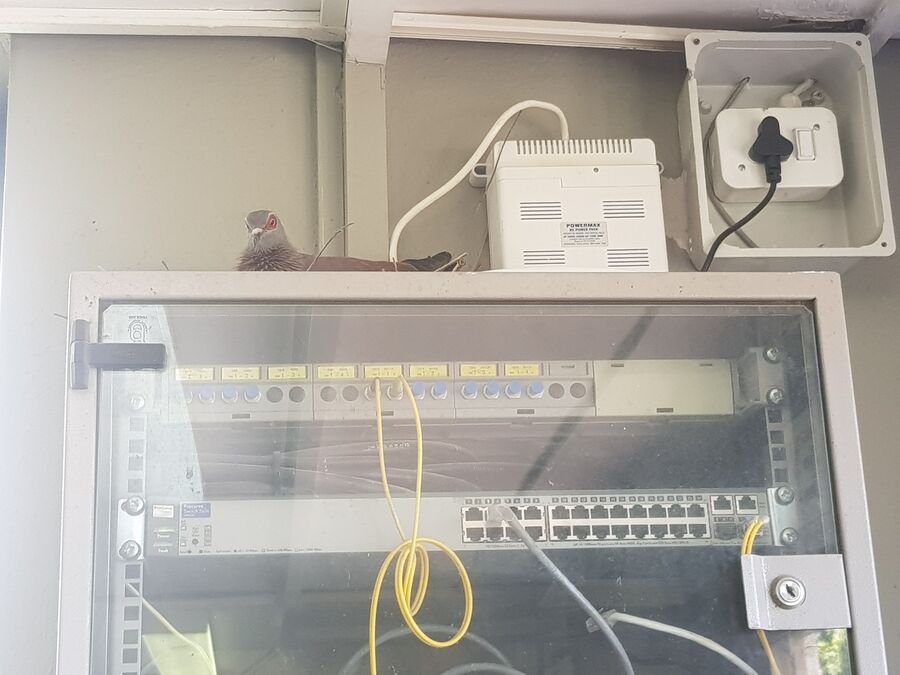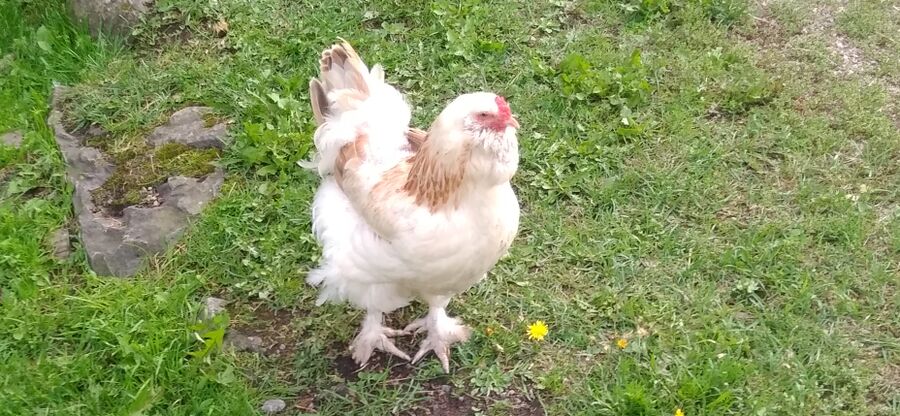IP by Avian Carriers
The Standard for the Transmission of IP Datagrams on Avian Carriers was first set in rfc 1149 on April 1st, 1990. It was later expanded for IPv6 in rfc 6214.
Advantages and Disadvantages[edit]
Pidgins and birds in general can carry microSD cards and other storage devices with fairly large capacity over long distances. A bird carrying two 512 GB microSD cards will provide very high throughput. It's travel time could be hours to days depending on the distance so the latency is very high. There is also a high probability of packet loss which should be considered before choosing a avian carrier link over a fiber cable link. A bird could be eaten by a hawk in-flight.
Implementations[edit]
Norway[edit]
The Norwegians were the first to successfully implement rfc 1149. Their Bergen Linux User Group managed to get 4 ping replies in April, 2001 - 11 years after the standard was first introduced.
"Svein Arne Rosendal and Gjert Hole agreed to take responsibility for research of the physical transmission of the avian carriers and the mechanism of attachment of the packets to the legs of the avian carriers. BLUG will take care of the interface between the computers and the avian carriers."
The Norwegian Bergen Linux User Group archived ping times ranging from 3211 seconds (53 minutes) to 6389 seconds (one hour and 46 minutes).
South Africa[edit]
It is not known when the South Africans begun to use the IP by Avian Carriers standard or how common it is. What we can say for sure is that they have successfully implemented the technology. Computer scientist Tristan B. Kildaire shared this revealing image of a typical South African networking cabinet in November, 2019:

Typical South African networking gear.
There is no publicly available data indicating what throughput and latency this particular bird provides. It is also not clear if it provides only provides IPv4 over avian carrier as described in rfc 1149 or both IPv4 and IPv6 over avian carrier as described in rfc 6214. We just don't know.
Sweden[edit]
The Swedish government spent millions of SEK (Swedish Krona) trying to implement rfc 1149 during the summer of 2019. They had no success.

Sweden's experiment with Avian Carrier network technology.
The Swedish government then spent several millions more trying to understand their epic failure to get IP over Avian Carriers working. Months of research by their best computer scientists resulted in nothing but meaningless speculation. The Norwegians, who successfully implemented rfc1149 18 years prior to the Swedish experiment, were asked to consult. They quickly pointed out that the Swedes were using the wrong kind of bird for their avian carrier link.

Enable comment auto-refresher
Anonymous (e25709ea)
Permalink |